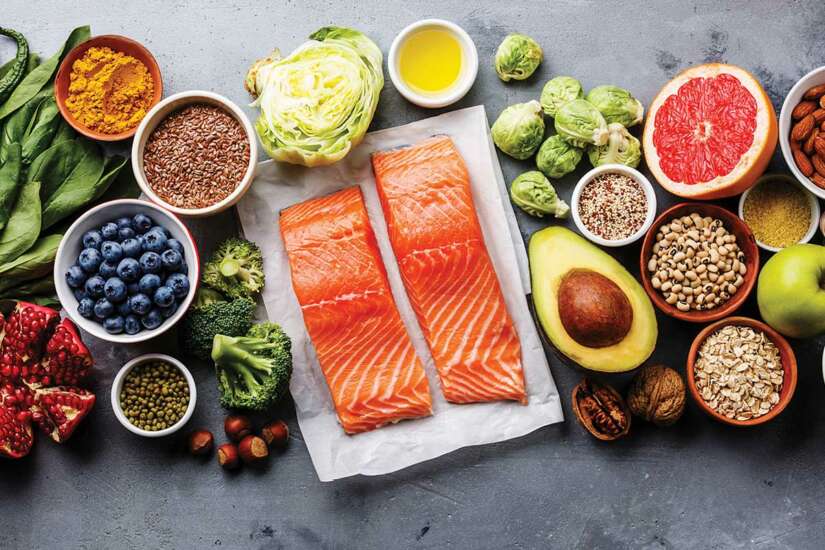HAVE you heard of nutrient-dense foods? We may say they‘re all the same but actually calories are really behind this.
We eat foods we thought healthy especially when they contain plenty of calories but are lesser in nutritional value.
Nutrient density is the amount of nutrients you get for the calories consumed, according to the American Heart Association (AHA).
For example, looking at the food labels, you’re trying to decide between two packages of bread. One has about 80 calories per slice, but few vitamins and minerals. The whole-grain version has about the same number of calories, but way more protein, three times the magnesium, and more than double the fiber, potassium, vitamin B6 and zinc. The whole-grain option is the more nutrient-dense choice.
When we read food label, we usually read the calories and fat content at the top. Most of the consumers tend to read only the first five components (servings, calories, total fat, saturated fat, and trans fat) of the nutrition facts label.
To identify nutrient-dense foods, we need to be sure to read further down the label to the other beneficial nutrients such as calcium, potassium and fiber.
Reading food labels may look complicated especially when the fonts are too small for consumers with poor vision.
Here’s are steps you can do (slowly) every day:
* Switch from white rice to brown rice.
* Replace sugary drinks with water, unsweetened tea, or coffee.
* Instead of a big dollop of sour cream on your chili or baked potato, try plain nonfat Greek yogurt.
* Switch from processed deli meat to sliced roasted chicken for a hearty sandwich.
* When adding toppings to pizza, tacos or sandwiches, think one more veggie instead of meat or cheese.
* Snack on crunchy vegetables or nuts instead of chips.
* Satisfy a sweet tooth with naturally sweet fruit instead of candy and cookies.
Whether you’re a student studying for tests, a professional preparing for a big presentation, or a mom raising a family — the food choices you make directly impact the energy and focus you have to reach your goals. By making some simple swaps in your favorite recipes or reimagining favorite dishes, you can boost the nutrient density of your family’s meals and snacks.
When we think of traditional snack foods and drinks, they tend to be higher in saturated fat, sodium and added sugars. For example, sugary drinks (like carbonated sodas, sports drinks and sweet tea) are usually quite high in energy density and low in nutrient density.
Yogurt, milk, fruit and nuts were the most nutrient-dense snacks while candy, ice cream, cake and sugar-sweetened soft drinks were the most nutrient-poor. Other popular snacks like potato chips, crackers, popcorn and tea fell somewhere in the middle.
In other words, snacking doesn’t have to be bad for you, as long as you choose mostly nutrient-dense snack foods.
By consciously choosing more nutrient-dense foods, you’ll get the beneficial nutrients your body needs without consuming too many calories.
Focus on your overall eating pattern, rather than individual nutrients or specific foods or food groups.
If you want to lose weight or stop gaining weight, choose more nutrient-dense foods and fewer foods and drinks with primarily “empty calories.”

